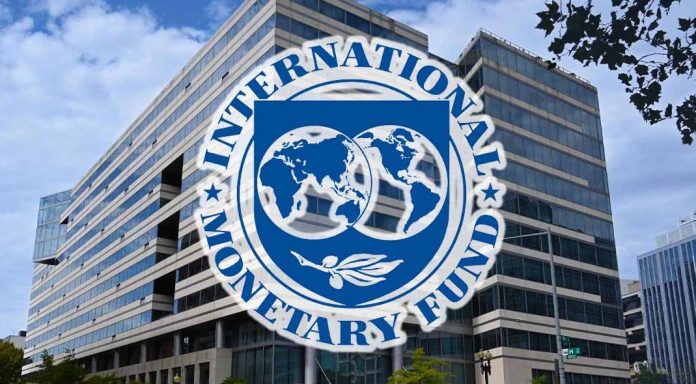In Karachi, sources within the financial sector, closely connected to the Ministry of Finance, noted that the International Monetary Fund (IMF) has disregarded Pakistan’s “managed exchange rate” offering policymakers an opportunity to stabilize the economy.
Despite economic challenges and low foreign exchange reserves held by the State Bank of Pakistan (SBP), the exchange rate has remained relatively stable around Rs280 for over two and a half months.
Contrary to IMF advice to liberalize imports, Pakistan has not followed through with allowing a 50% increase over the next four months of the current fiscal year.
During the review of the $3 billion Stand-By Arrangement (SBA), the IMF recommended Pakistan to liberalize imports by more than 50% in the latter half of FY24, according to a reliable source in the financial sector.
The IMF recently announced readiness to dispatch a mission for the second review of the SBA after the formation of a new cabinet. Pakistan has already received $1.9 billion under the SBA, helping it avoid sovereign default at the end of FY23.
However, experts caution that Pakistan’s external account situation, though improved, remains unsustainable, necessitating continuous support from the IMF and allied countries to prevent default.
Regarding debt servicing, Pakistan face challenges, with approximately $1 billion due for the maturity of Eurobonds next month.
Amidst these developments, concern persist regarding exchange rate stability, especially given declining foreign exchange reserves, which stood at $7.9 billion in recent weeks.
CEO of Tresmark Faisal Mamsa attributed the stability of the Pakistani rupee to restricted imports or outflows matching inflows, maintaining equilibrium and curbing dollar demand. Additionally, he highlighted liquidity restrictions on the rupee, promoting engagement in sell-buy swaps by banks, thereby increasing dollar liquidity and forward premiums.
Despite market expectations of a rate cut, the policy rate has been maintained to stimulate rupee demand, contributing to the continued stability of the USD/PKR exchange rate.




